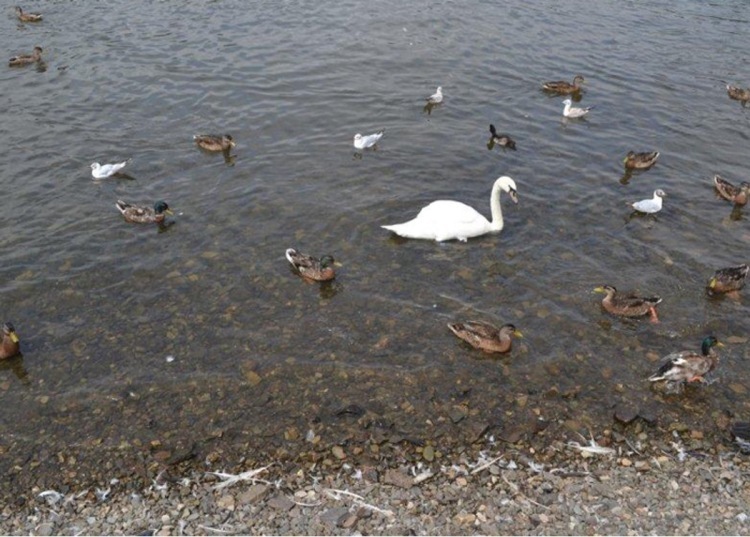- Some fresh produce growers abstract water and store it for use during the growing season.
- Proper water storage can help improve water quality. Improper storage, such as keeping water in unfenced reservoirs exposed to the open sky, introduces risks, including contamination from surface run-off originating from livestock-farmed land and direct contact with livestock or wildlife.
- Research has shown that while some pathogens (e.g. Campylobacter) found in stored water are not associated with increased infection rates, others (e.g. Cryptosporidium) show a strong connection.
- Rainfall is recognised as a significant risk factor to water quality, likely due to microbial contamination from run-off entering water systems.
- Regular cleaning or replacement of storage containers can help mitigate these risks. Additionally, the use of suspended shade cloth covers on exposed reservoirs has been shown to significantly reduce bacterial levels and improve overall water quality.
Water use and quality play a vital role in preventing food contamination throughout all stages of production. Enhanced water management practices and improved water quality can significantly reduce food contamination incidents (1). In the UK, the fresh produce sector frequently abstracts water from rivers during the winter, when precipitation is highest, and stores it in reservoirs or tanks for use during spring and summer. Storage, in itself, is not a harmful practice. In fact, under optimal storage conditions, water with high microbial or pathogen loads can see significant reductions in contamination levels (2). Many water companies regard water storage as a low-tech form of primary treatment. Moreover, some reports suggest that installing periodic reservoirs to manage surface streams and rivers is beneficial, even when water is initially contaminated (3). However, if water is stored improperly in unfenced, open reservoirs, many of the same issues affecting surface waters, such as contamination from livestock and wildlife (including birds and insects), still apply (figure 1).

